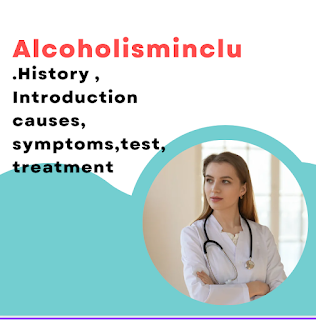Anemia disease.history , introduction causes, symptoms,test, treatment includ

Anemia disease.history , introduction causes, symptoms,test, treatment Anemia : Anemia is a condition in which the body does not have enough red blood cells or hemoglobin, a protein that carries oxygen to the body's cells. It can be caused by a variety of factors, including a deficiency of iron or other nutrients, chronic illness, or blood loss. Anemia is a common condition that can affect people of all ages and can have a variety of symptoms and consequences. history: The history of anemia dates back to ancient civilizations, where it was recognized as a common condition. In the 19th century, it was discovered that anemia was often caused by a deficiency of iron in the diet, and in the 20th century, other nutrients such as folic acid and vitamin B12 were recognized as important in the prevention and treatment of anemia. types: There are several types of anemia, each with its own causes and characteristics. The most common type is iron deficiency anemia, which is caused by a...





